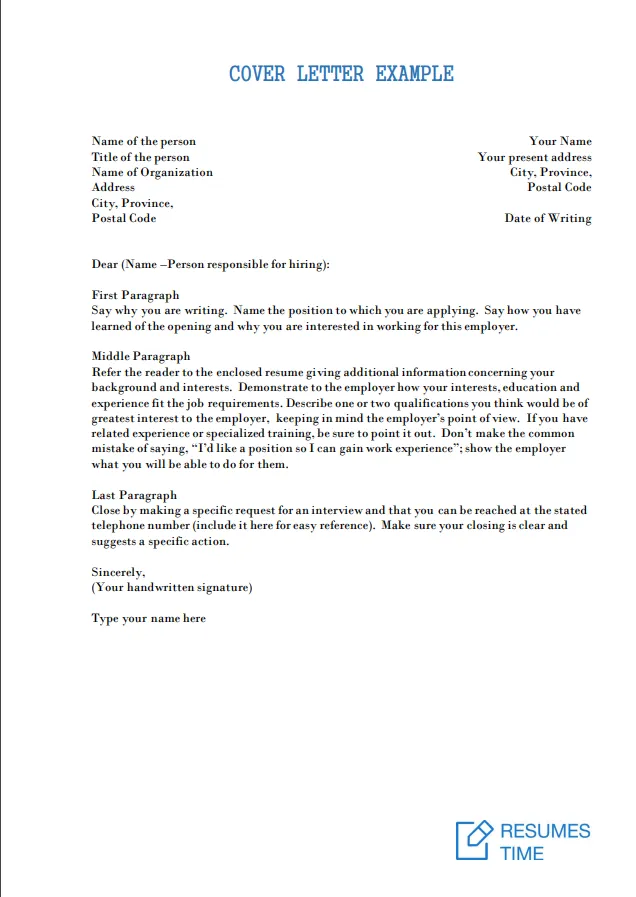Understanding Cover Letter Basics
A cover letter is a crucial document that accompanies your resume when applying for a job. It serves as your introduction to the hiring manager, providing an opportunity to showcase your personality, skills, and enthusiasm for the position. Unlike a resume, which presents your qualifications in a concise format, a cover letter allows you to elaborate on your experiences and explain why you are the ideal candidate. A well-crafted cover letter can significantly increase your chances of landing an interview, making it an essential part of any job application strategy. It’s your chance to make a strong first impression and set yourself apart from other applicants.
Purpose of a Cover Letter
The primary purpose of a cover letter is to introduce yourself and highlight your suitability for the job. It allows you to express your interest in the specific role and company, demonstrating that you’ve done your research. The letter also enables you to expand on the information provided in your resume, offering more context and detail about your skills, experiences, and achievements. Furthermore, a cover letter provides a platform to showcase your written communication skills, which are often essential in many professional environments. By clearly articulating your qualifications and expressing your enthusiasm, you can make a compelling case for why you deserve an interview.
Key Components of a Cover Letter
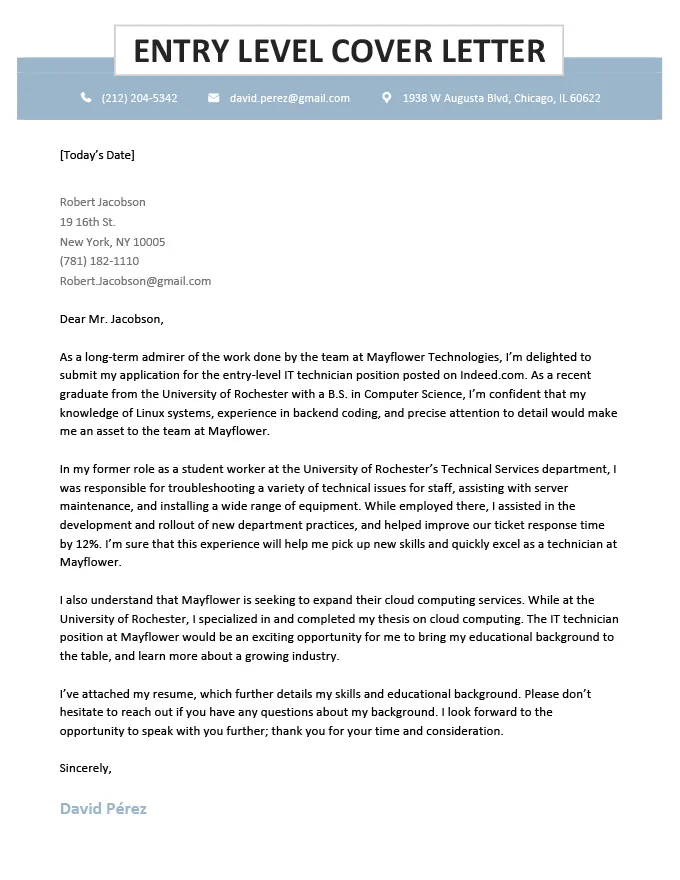
A well-structured cover letter typically includes several key components. First, a clear and concise header with your contact information and the date. Second, a professional salutation addressing the hiring manager by name if possible. The body of the letter should be divided into three main sections: an engaging opening paragraph, several body paragraphs highlighting your relevant skills and experiences, and a strong closing paragraph. The letter should be no more than one page long and should conclude with a call to action, such as expressing your eagerness for an interview. Proper formatting and attention to detail are crucial for making a positive impression.
Formatting Your Cover Letter
The visual presentation of your cover letter is just as important as its content. A well-formatted letter is easy to read and demonstrates professionalism. Clear formatting helps the hiring manager quickly grasp your key qualifications and assess your suitability for the role. Poorly formatted cover letters can be off-putting and may lead to your application being overlooked. Ensure your cover letter is visually appealing, easy to read, and aligns with professional standards. Remember, presentation matters as much as the substance of your words.
Choosing the Right Font and Size
Selecting an appropriate font and size is crucial for readability. Stick to professional fonts like Times New Roman, Arial, or Calibri, with a font size between 10 and 12 points. These fonts are universally legible and convey a sense of professionalism. Avoid overly stylized or decorative fonts, which can distract from the content and make your letter difficult to read. Consistency is key—use the same font throughout the entire document. Maintaining a readable font and size will help the hiring manager focus on your qualifications and make the letter more enjoyable to read.
Margins and Spacing
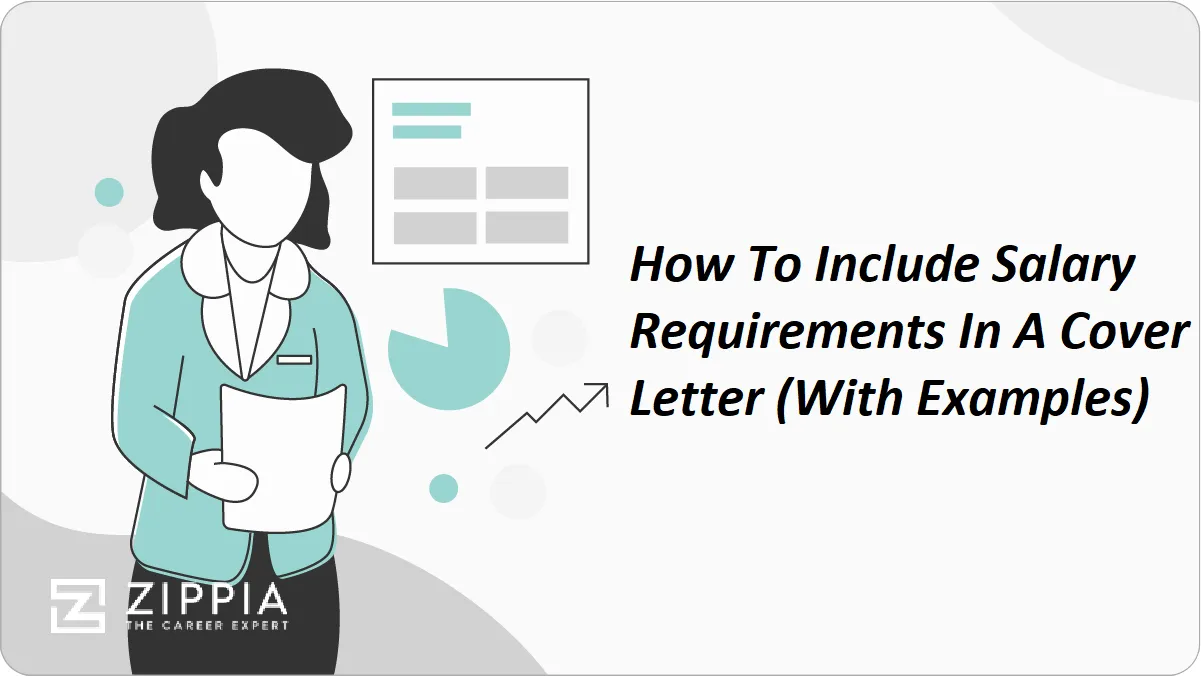
Proper margins and spacing enhance readability and visual appeal. Use standard 1-inch margins on all sides of the document. This creates a balanced look and provides enough white space to prevent the text from appearing crowded. Use single or 1.15 line spacing for the body of the letter, and double spacing between paragraphs. These spacing guidelines ensure that the text is easy to scan and read, allowing the hiring manager to quickly absorb the information. Correct margins and spacing are essential for a professional and polished appearance.
Header and Footer Information
The header of your cover letter should include your contact information, such as your name, phone number, email address, and LinkedIn profile URL if you have one. You can place this information either at the top left or top right of the document. The date should also be included, typically placed beneath your contact information. While a footer isn’t typically necessary for a cover letter, you may include page numbers if the letter extends beyond one page. Ensure the header is formatted consistently and professionally to provide easy access to your contact details.
Content of a Winning Cover Letter
The content of your cover letter is the core of your application. It’s where you make your case for why you’re the best candidate for the job. The content must be tailored to the specific job and company you’re applying to, highlighting your relevant skills, experiences, and achievements. Use clear, concise language and avoid jargon. Each section should have a clear purpose and contribute to a cohesive narrative that demonstrates your qualifications. A well-written cover letter showcases your ability to communicate effectively and your understanding of the job requirements.
Opening Paragraph
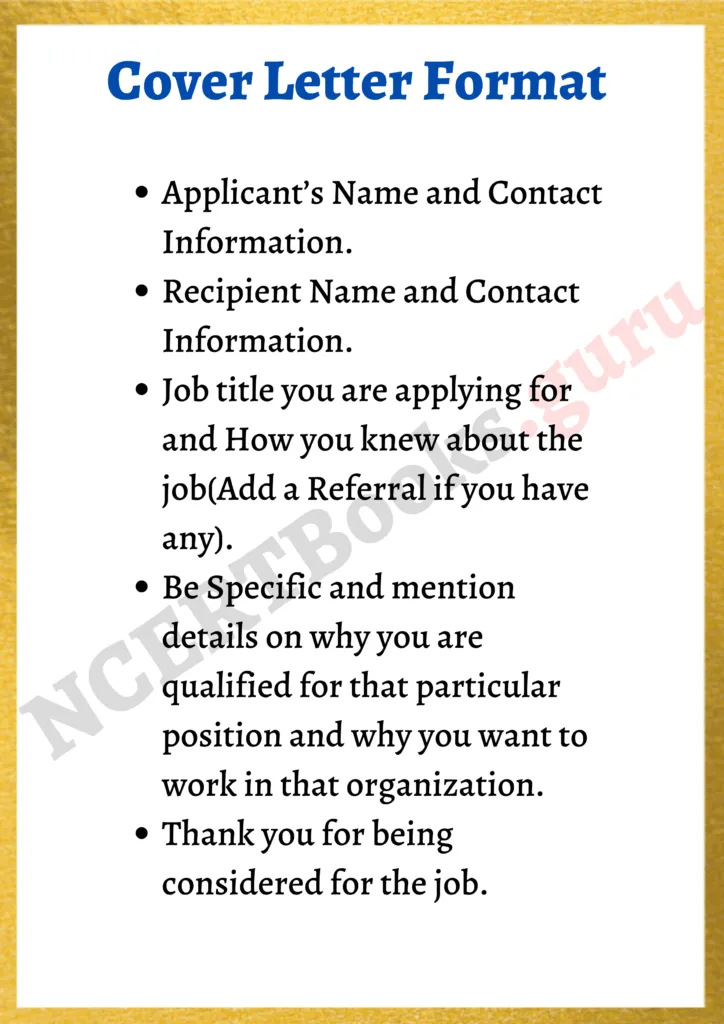
The opening paragraph is your first opportunity to capture the hiring manager’s attention. Start by stating the position you are applying for and how you learned about the opportunity. Briefly mention why you are interested in the company and the role, showing that you have done your research. Aim to create a strong first impression by expressing your enthusiasm and highlighting your most relevant skills or experiences. The opening should be concise, engaging, and immediately convey your intent and suitability for the job. A strong opening paragraph sets the tone for the rest of the letter.
Body Paragraphs
The body paragraphs are where you elaborate on your skills and experiences. Use these paragraphs to highlight specific accomplishments and explain how they align with the job requirements. Provide examples of how you have used your skills to achieve positive results in the past. When possible, quantify your achievements using numbers or data to demonstrate your impact. Tailor the content to match the job description, emphasizing the skills and experiences that are most relevant to the role. The body paragraphs should provide a compelling narrative that showcases your value as a candidate.
Highlighting Your Skills and Experience
When highlighting your skills and experience, focus on the abilities and knowledge that are most relevant to the job description. Refer to the job posting and identify the key skills and qualifications the employer is seeking. Provide concrete examples of how you have demonstrated those skills in past roles or projects. Use the STAR method (Situation, Task, Action, Result) to structure your examples, providing context, describing your role, detailing your actions, and quantifying the results. This approach helps the hiring manager understand your capabilities and how you can contribute to their team. Be specific and avoid vague statements.
Tailoring Your Letter to the Job
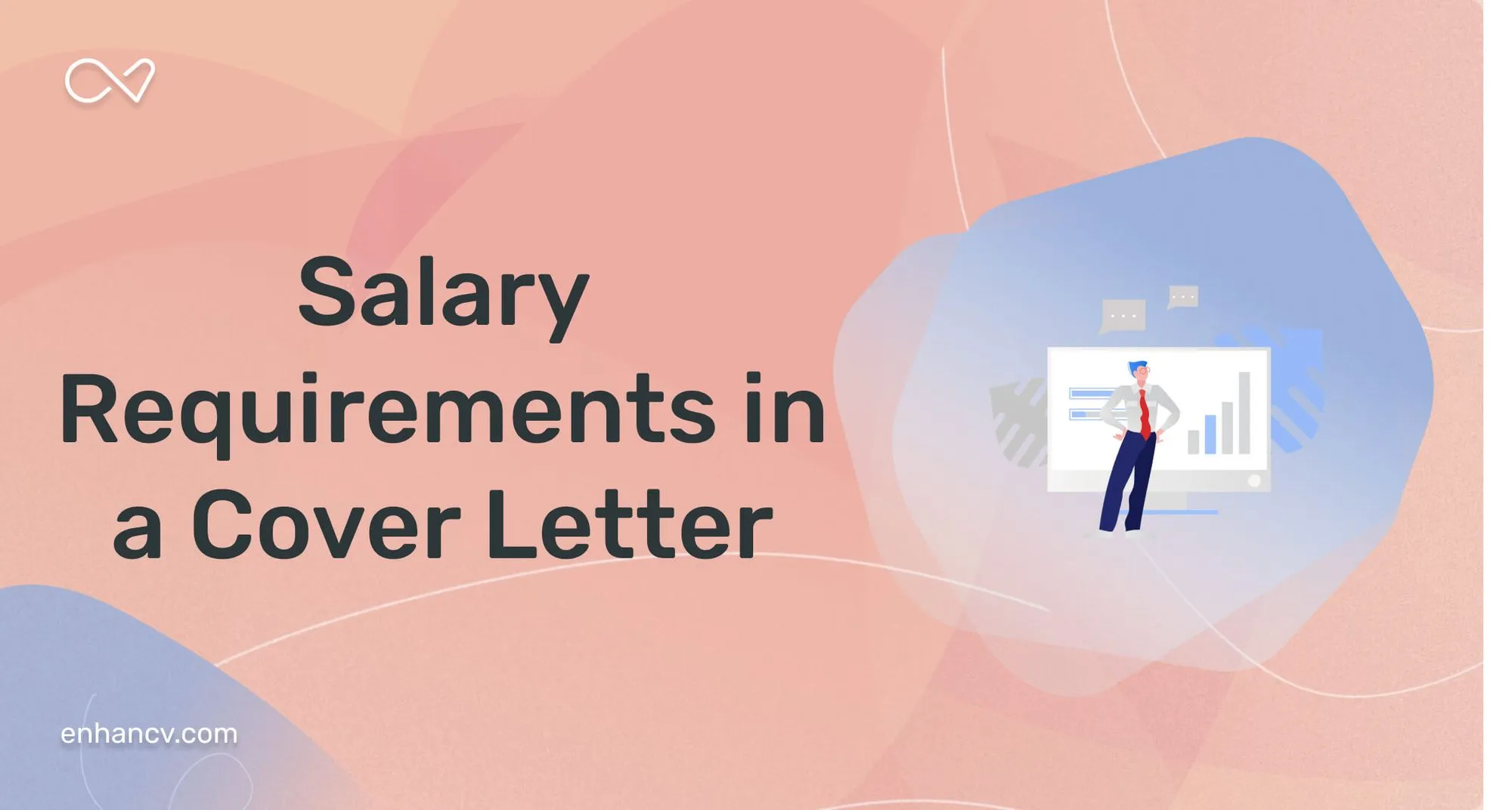
Customizing your cover letter for each job application is essential. Generic cover letters are easily identified and often discarded. Carefully review the job description and identify the key requirements and keywords. Tailor your letter to address those specific needs, highlighting the skills and experiences that are most relevant. Research the company and its culture to show that you understand its mission and values. Demonstrate your genuine interest in the position and the company by using specific examples of how your skills and experience align with their needs. A tailored cover letter shows that you have taken the time to understand the role and that you are genuinely interested in joining the company.
Closing Paragraph
The closing paragraph should reiterate your interest in the position and thank the hiring manager for their time and consideration. Express your enthusiasm for the opportunity to discuss your qualifications further. Include a clear call to action, such as stating that you are available for an interview and providing your contact information again. End with a professional closing, such as “Sincerely” or “Best regards,” followed by your name. The closing paragraph should leave a positive and memorable impression.
Proofreading and Editing Your Letter
Proofreading and editing are critical steps in ensuring your cover letter is polished and professional. Errors in grammar, spelling, or punctuation can create a negative impression and undermine your credibility. Take the time to carefully review your letter, looking for any mistakes. Having someone else proofread your letter is also beneficial, as a fresh pair of eyes can often catch errors that you may have missed. Accuracy is a key element of a winning cover letter.
Common Mistakes to Avoid
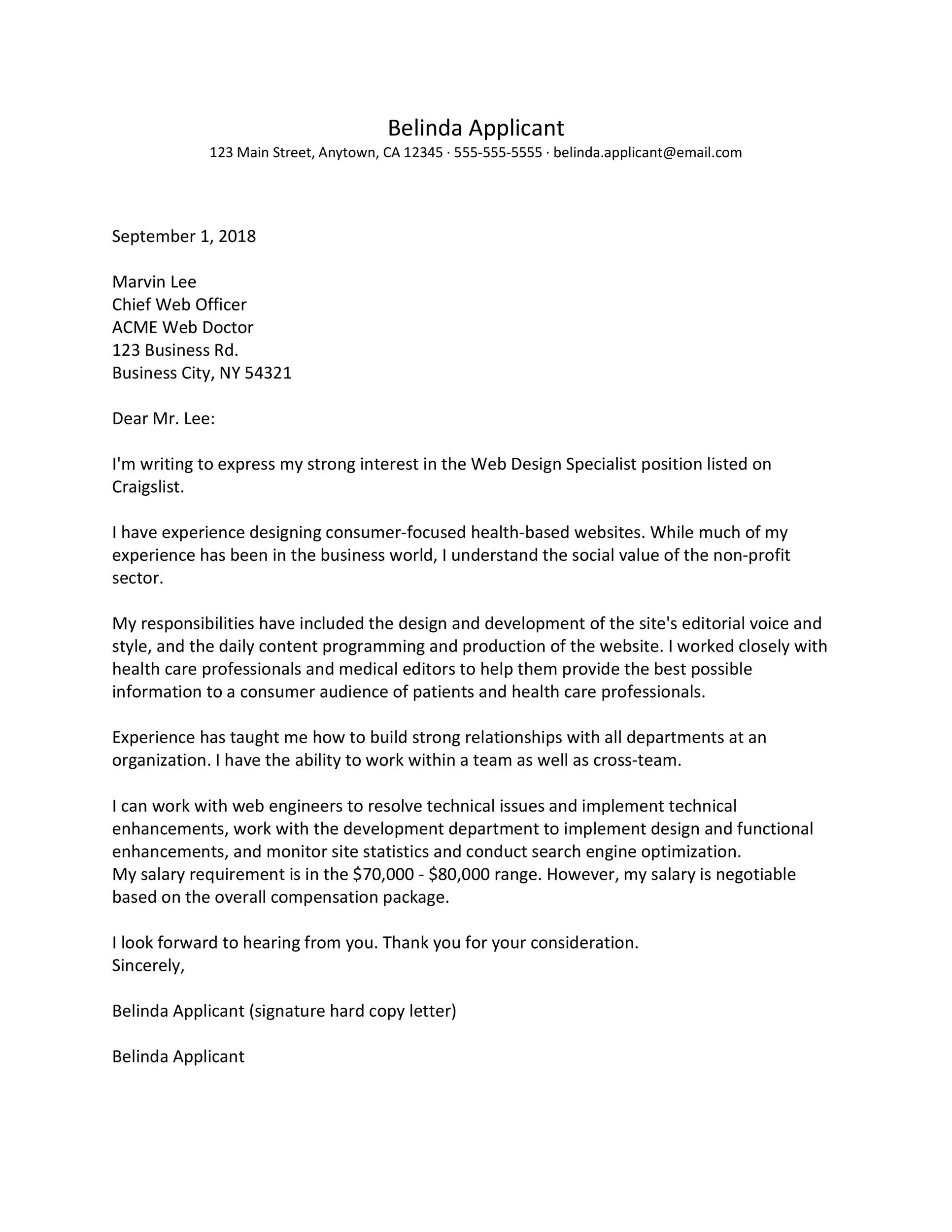
Avoid common mistakes that can weaken your cover letter. Do not use generic language or templates that don’t reflect your specific qualifications. Avoid providing excessive details about your personal life that are not relevant to the job. Steer clear of grammatical errors, typos, and spelling mistakes. Do not simply restate your resume; instead, elaborate on your experiences and achievements. Avoid sounding desperate or overly enthusiastic. Always tailor the letter to the specific job requirements and company. Avoid making negative statements about previous employers or jobs.
Using a Professional Tone
Maintaining a professional tone throughout your cover letter is essential. Use formal language and avoid slang, contractions, and informal expressions. Address the hiring manager by name if possible; otherwise, use a professional salutation like “Dear Hiring Manager.” Be respectful and courteous in your communication. Avoid using overly casual or familiar language. Your cover letter should reflect your professionalism and attention to detail.
Ensuring Accuracy
Accuracy is paramount in your cover letter. Ensure that all information, including dates, job titles, and company names, is correct. Double-check the spelling of the hiring manager’s name and the company’s name. Proofread your letter multiple times to catch any errors. It’s always a good idea to have someone else review your letter before you submit it. A flawless cover letter demonstrates your attention to detail and your commitment to professionalism, significantly increasing your chances of landing an interview.
